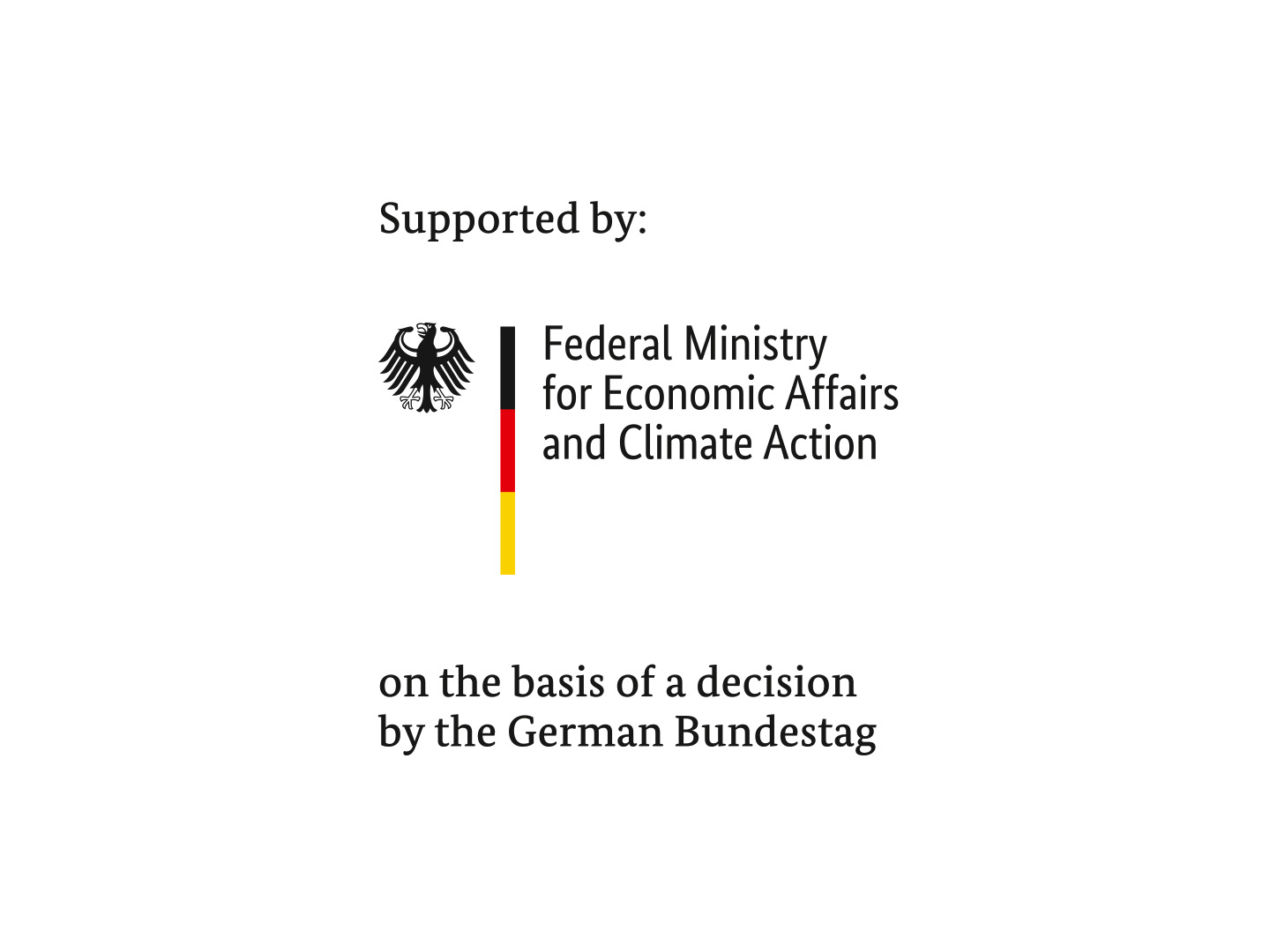Project aims
The problem is well known: On the one hand, the growing share of renewable energies in the electricity mix increases the risk that the demand cannot be covered at all times. On the other hand, there is an oversupply in many sunny and windy hours. The approach that Stadtwerke Bochum GmbH and Fraunhofer UMSICHT are investigating, however, is new: In the project, “Hybrid Energy Storage Hospital“ (HESKH) they are investigating the question of whether and how the supply systems of hospitals can be used for electrical energy balancing. In addition to determining the potential itself, the project also examines the importance of precise heat load forecasts for the planning of flexible system operation.
In almost 2000 German hospitals, supply systems are available - from CHP plants, chillers and in future also heat pumps to heat and cold storage tanks. Compared to other consumers (e.g. residential and office buildings), their size makes them ideally suitable to compensate gaps in the power grid with little effort or for making economical use of an excess supply of renewable energies.
Compensation for supply shortfalls in the electricity grid
The project partners' aim is therefore to develop the potential of hospitals for electrical energy balancing and at the same time improve the economic efficiency of energy supply in the facilities. Using the example of the Protestant Hospital in Hattingen as well as simulation and optimization tools, they are investigating how existing storage capacities can be used to decouple the supply of heat and cold from current demand. This flexibilization makes it possible, on the one hand, to adapt electricity generation in CHP plants and, on the other hand, the electricity consumption of chillers, heat pumps and electrical heat generators to the current situation in the power grid. By integrating forecasts of the heat demand into the calculation of the optimal plant operation schedule, it is ensured that the hospital's heat requirement is covered at all times. The detailed data collection for the modelling as well as the creation of a simulation model to illustrate the energy consumption will also help to identify efficiency measures.
 Fraunhofer Institute for Environmental, Safety and Energy Technology UMSICHT
Fraunhofer Institute for Environmental, Safety and Energy Technology UMSICHT